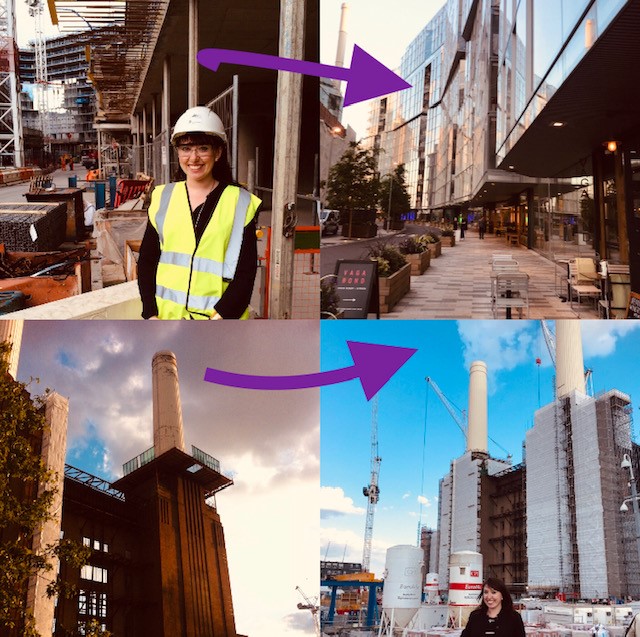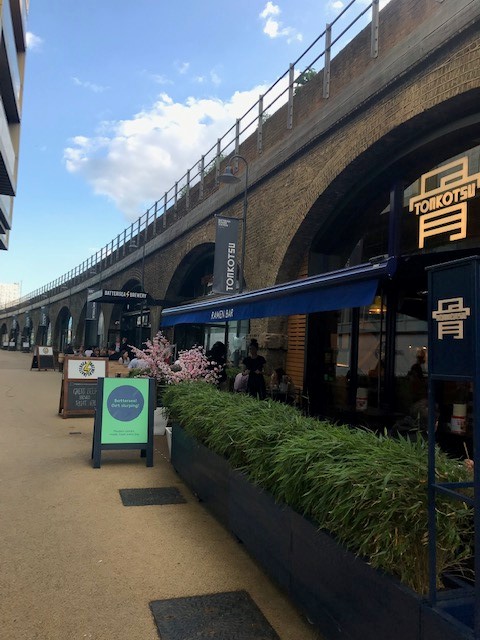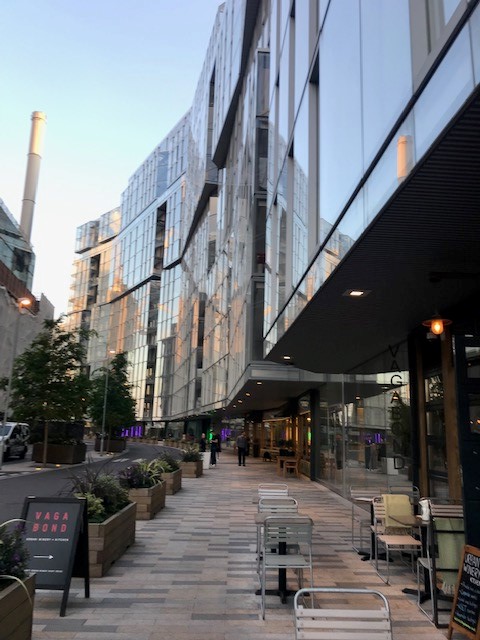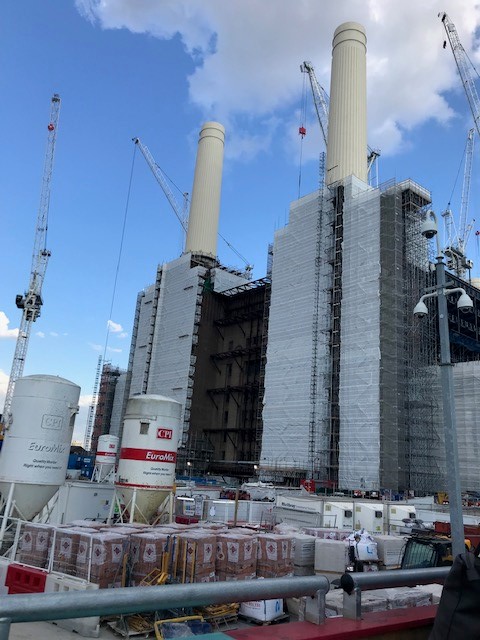The Power is back on
On a beautiful sunny evening on 21st May 2019, the Commercial Real Estate Legal Association (CRELA) hosted its latest event at Battersea Power Station (BPS) tracking its development and let me tell you, the Power is certainly back on at this iconic landmark.
Having been seconded to work as part of the Battersea Power Station Development Company (BPSDC) legal team at my previous firm back in 2013 and again in 2014, I could not resist the opportunity to go back on site to see how it has developed - and I was not disappointed.

Gordon Adams, the Head of Planning & Public Affairs at BPSDC gave a fascinating presentation explaining the history of the site and what had led to the success of this development this time around (given the three previous attempts) – the key points being collaboration, transport links and cultural ownership!
As a brief history, BPS in its heyday was actually formed of 2 power stations – Station A which was built between 1929-1935 and Station B which was built between 1941-1955. Station A was decommissioned in 1975 - meaning the whole station was only operating at full capacity for 20 years. BPS was given a Grade II listed status in 1980 before Station B was also decommissioned in 1983 – in 2007 this listing was upgraded to Grade II*.

Between 1983-1993 BPS was owned by John Broome who had plans to convert this site into a theme park and leisure facility, but as this site comprised only the power station itself (and no other developable land around) and with no direct means of transport, the scheme was not viable. Between 1993-2006, Parkview International took over and envisioned a mixed use scheme with 700 residential units – their greatest achievement here was to start the land assembly around the station to increase the development opportunity – however, as there was still no proper transport links, it did not take off. In came Treasury Holdings between 2006 and 2011. They abandoned Parkview’s scheme and appointed Rafael Viñoly to create a new masterplan – his first attempt was very ambitious and included a proposal for a 980 ft “eco tower” – however, this tower did not sit in line with the London View Management Framework (it would have been clearly visible from the world heritage site that is the Palace of Westminster and was not attractive). Importantly what Treasury Holdings did in this period was to start negotiations with TfL around transport connections – and whilst the idea of a tram was discarded, a tube (the northern line extension) was well received. Eventually the revised Viñoly scheme (8m sq ft with buildings no taller than the chimneys) was approved and planning was granted in August 2011, just months before Treasury Holdings fell into Administration in the December. In February 2012, BPS was put on sale in the open market for the first time and in September 2012, it was acquired by a Malaysian consortium (SP Setia, Sime Darby and EPF) with BPSDC appointed as development manager.

The current development now comprises 8 phases for this 42 acre site – it will house 4,239 residential units, 1.35m sq ft of retail, food & beverage and leisure use with 1.65m sq ft of offices, a hotel, events venue, theatre, galleries, a chimney lift (!), a new high street, a nursery, community hub, health centres, a learning & skills academy and 19.2 acres of open space (to name but a few areas).
So far – alongside the delivery of Phase 1 (c800 apartments), all four of the iconic chimneys have been replaced, there has been - at one point - 17 cranes on site (including Europe’s largest crane), 1.8m new bricks ordered, c2,000 operatives on site and over 400 planning applications made.
As Gordon mentioned it was vital that the Northern Line Extension was agreed because it secures the future footfall and viability of the scheme. Apple also making BPS their new London campus also demonstrates the confidence that there is in this development (they will be taking 5 floors of office space in the Boiler House - equivalent floorspace area to the Gherkin - with handover for fit-out planned for 2021.)

Gordon emphasised that none of this could have been achieved though without collaborative working. He made the point that BPSDC have worked tirelessly with 2 councils, the GLA, TfL, nearby landowners and the local residents/communities to ensure they can deliver a scheme which benefits all and they seem to have been successful in communicating the benefits that their scheme can bring, which has resulted in a good level of local buy-in.
BPS does feel like a real testament of how a well thought out and caring development can transform an area. Already, Circus West (the first phase) is an incredibly exciting and vibrant area, which was buzzing with activity and people (even on a Tuesday evening) – and this should continue to grow as the development continues. I would definitely recommend that you take a trip south of the river (maybe using the Thames Clipper with its new stop right outside the station) and take in the atmosphere – or maybe attend one of their pop up events (like the Seafood festival on 12-16 June) – and see for yourself! I am certainly looking forward to the further energy and opportunity this site should generate over the coming years.
Sarah is an associate in our Commercial Real Estate team.
